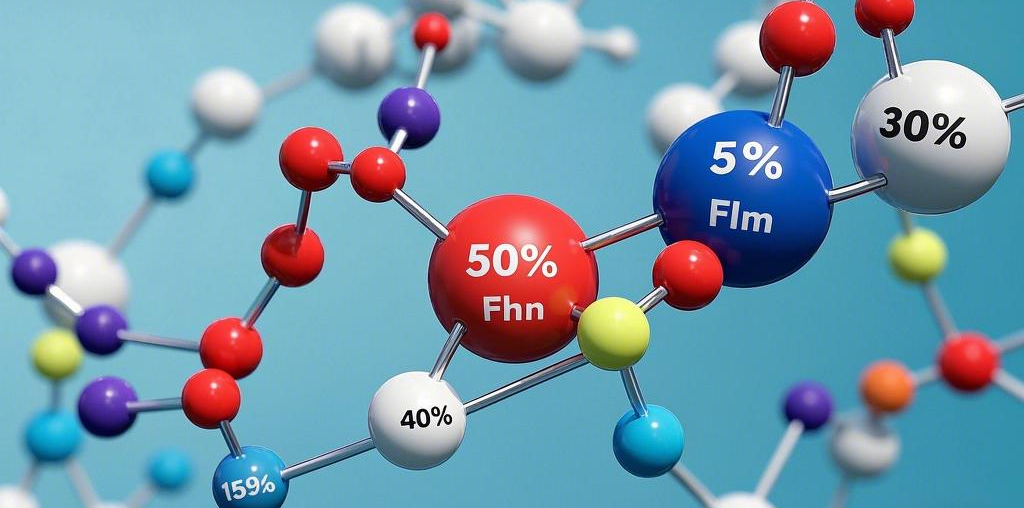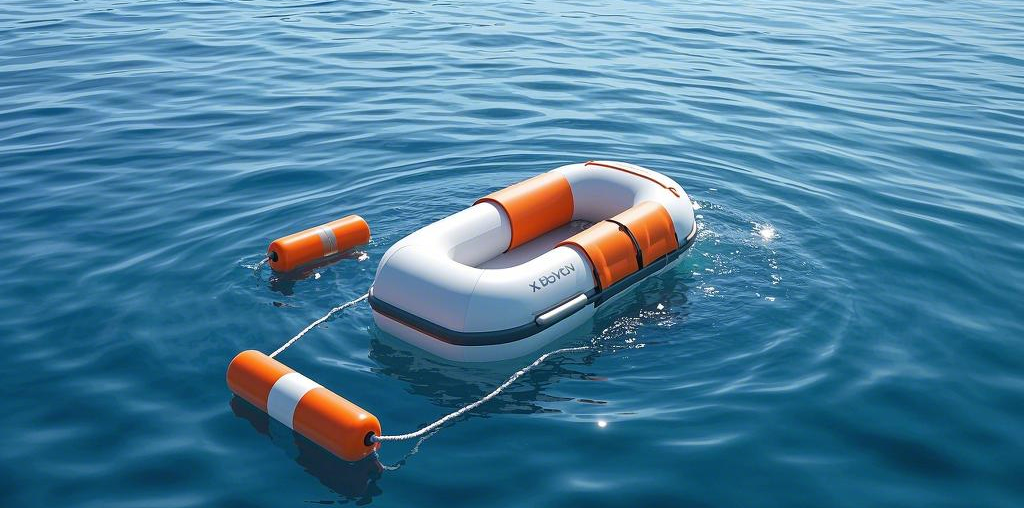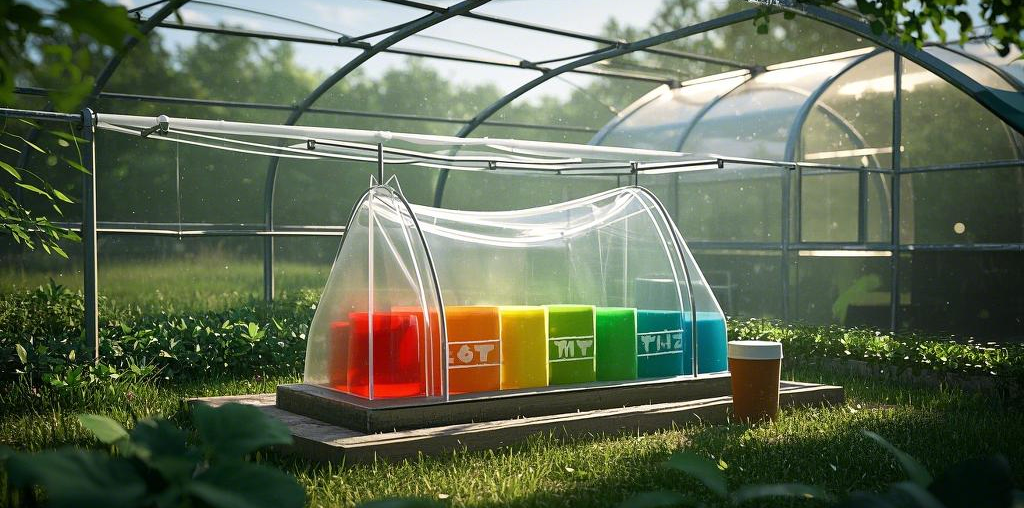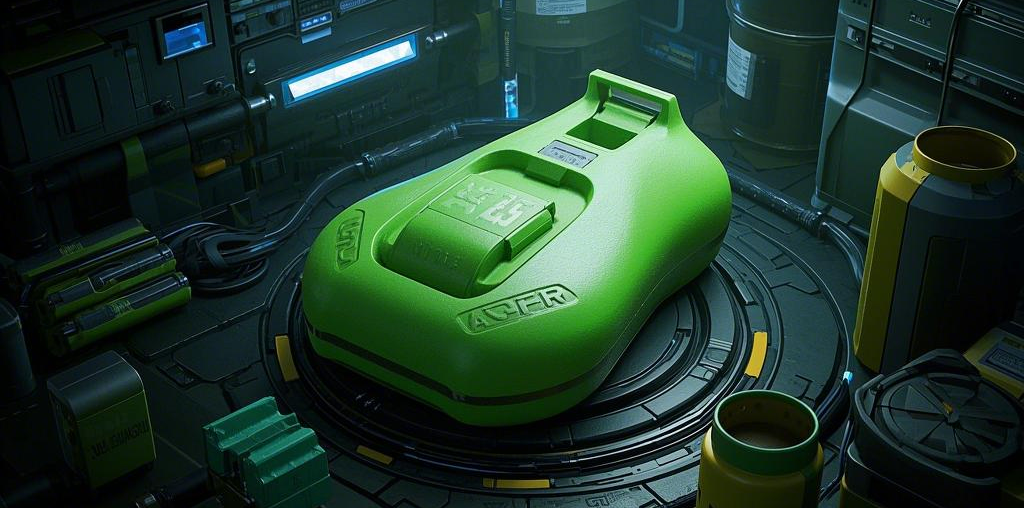No data
1. Chemical Structure and Basics
EVA is a copolymer synthesized from ethylene and vinyl acetate. The proportion of vinyl acetate (VA) in EVA can vary, typically ranging from 5% to 40%. This variance in VA content plays a crucial role in determining the material's properties. For instance, a lower VA content makes EVA more similar to polyethylene, while a higher VA content imparts distinct characteristics such as enhanced flexibility and transparency.

2. Physical Characteristics
2.1 Softness and Flexibility
One of the most prominent physical features of EVA is its exceptional softness and flexibility. EVA can be easily bent and shaped, making it suitable for applications where a pliable material is required. This property is particularly useful in the production of footwear, such as shoe soles, where the softness of EVA provides comfort and shock - absorption for the wearer.
2.2 Low - Temperature Performance
EVA exhibits excellent low - temperature performance. It can maintain its flexibility and mechanical properties even at sub - zero temperatures. This makes it an ideal choice for applications in cold environments, like in winter sports equipment or cold - chain packaging materials. For example, EVA - based insulation materials can effectively prevent heat loss in frigid conditions.
2.3 Density
EVA has a relatively low density compared to many other polymers. This low - density characteristic not only reduces the weight of products made from EVA but also contributes to its buoyancy. As a result, EVA is commonly used in the manufacturing of floating devices, such as life jackets and swim noodles.

3. Chemical Characteristics
3.1 Chemical Resistance
EVA shows good resistance to a wide range of chemicals, including acids, alkalis, and many organic solvents. However, its resistance may vary depending on the concentration and temperature of the chemicals. This chemical resistance property makes EVA suitable for applications in chemical storage and transportation, where it can withstand exposure to different substances without significant degradation.
3.2 UV Resistance
Although EVA has some degree of natural UV resistance, prolonged exposure to sunlight can cause degradation over time. To enhance its UV resistance, additives are often incorporated during the manufacturing process. These additives protect EVA - based products, such as outdoor furniture covers and agricultural greenhouse films, from the harmful effects of UV radiation and extend their lifespan.
3.3 Non - Toxicity
EVA is non - toxic, making it safe for use in applications that come into contact with food, humans, and the environment. This property has led to its widespread use in food packaging, children's toys, and medical devices. For example, EVA is commonly used to make the inner lining of food - storage containers, ensuring the safety of the stored food.

4. Processing Characteristics
4.1 Melt Processability
EVA has excellent melt processability, which means it can be easily melted and formed into various shapes using common plastic - processing techniques, such as injection molding, extrusion, and blow molding. This ease of processing allows manufacturers to produce a wide range of EVA - based products efficiently.
4.2 Compatibility with Other Materials
EVA is highly compatible with many other materials, including fillers, additives, and other polymers. This compatibility enables the creation of composite materials with enhanced properties. For example, by adding fillers like carbon black or glass fibers to EVA, the material's strength and stiffness can be significantly improved, expanding its application scope in industries such as automotive and construction.
In conclusion, the unique combination of physical, chemical, and processing characteristics of EVA material makes it a versatile and valuable material in countless industries. Its softness, chemical resistance, non - toxicity, and excellent processability have contributed to its wide - spread use in applications ranging from daily consumer goods to high - tech industrial products. As research and development continue, EVA is likely to find even more innovative applications in the future.
